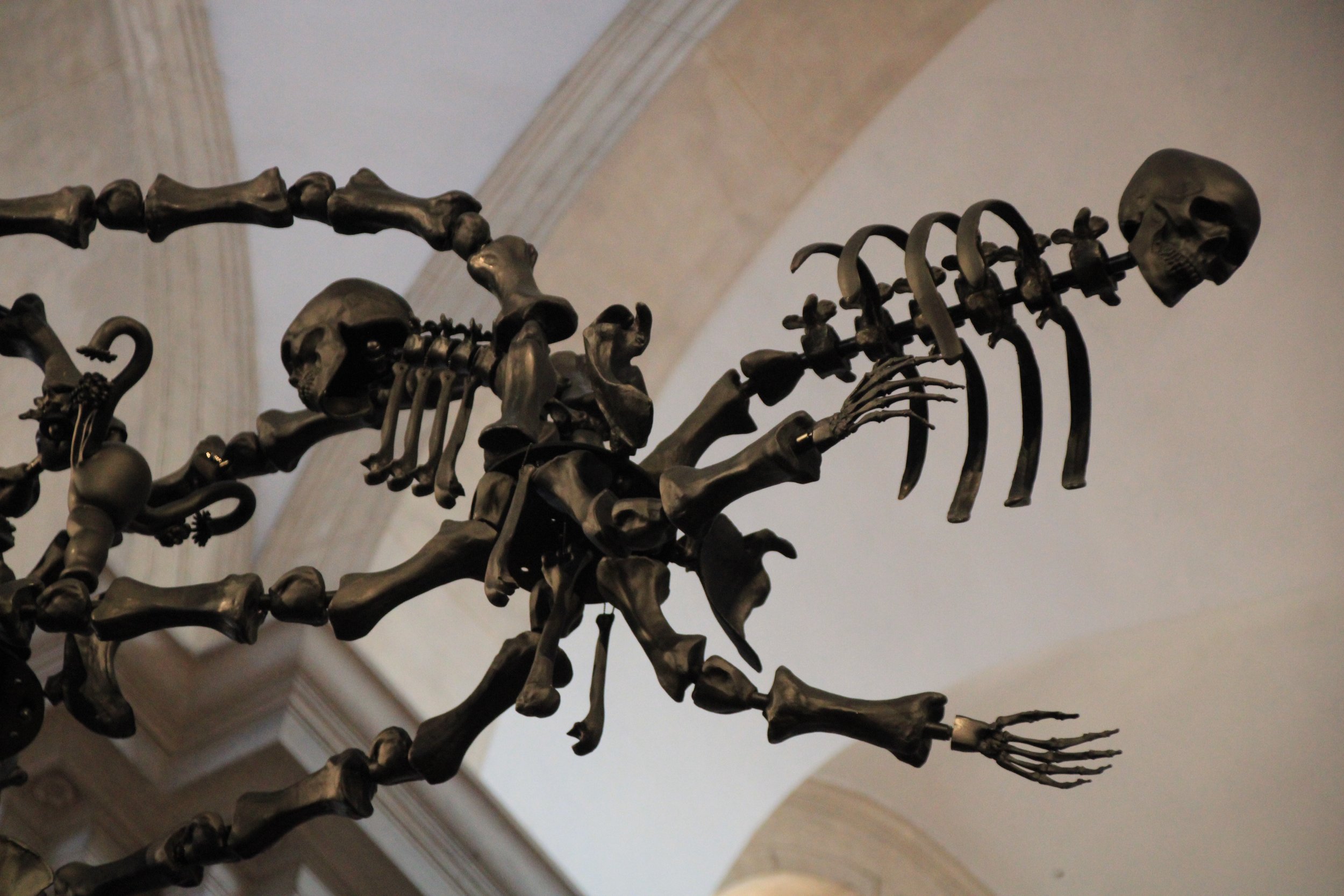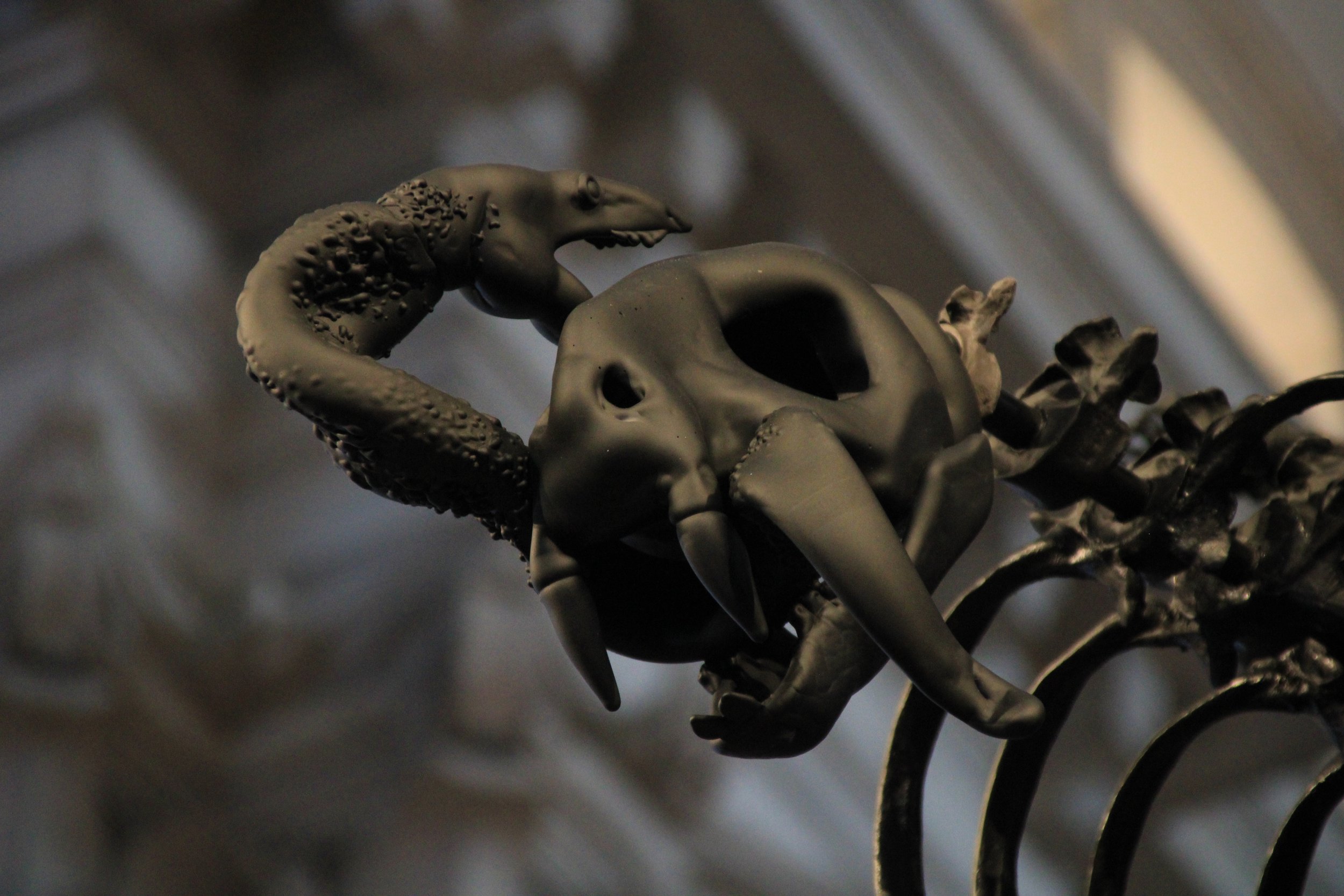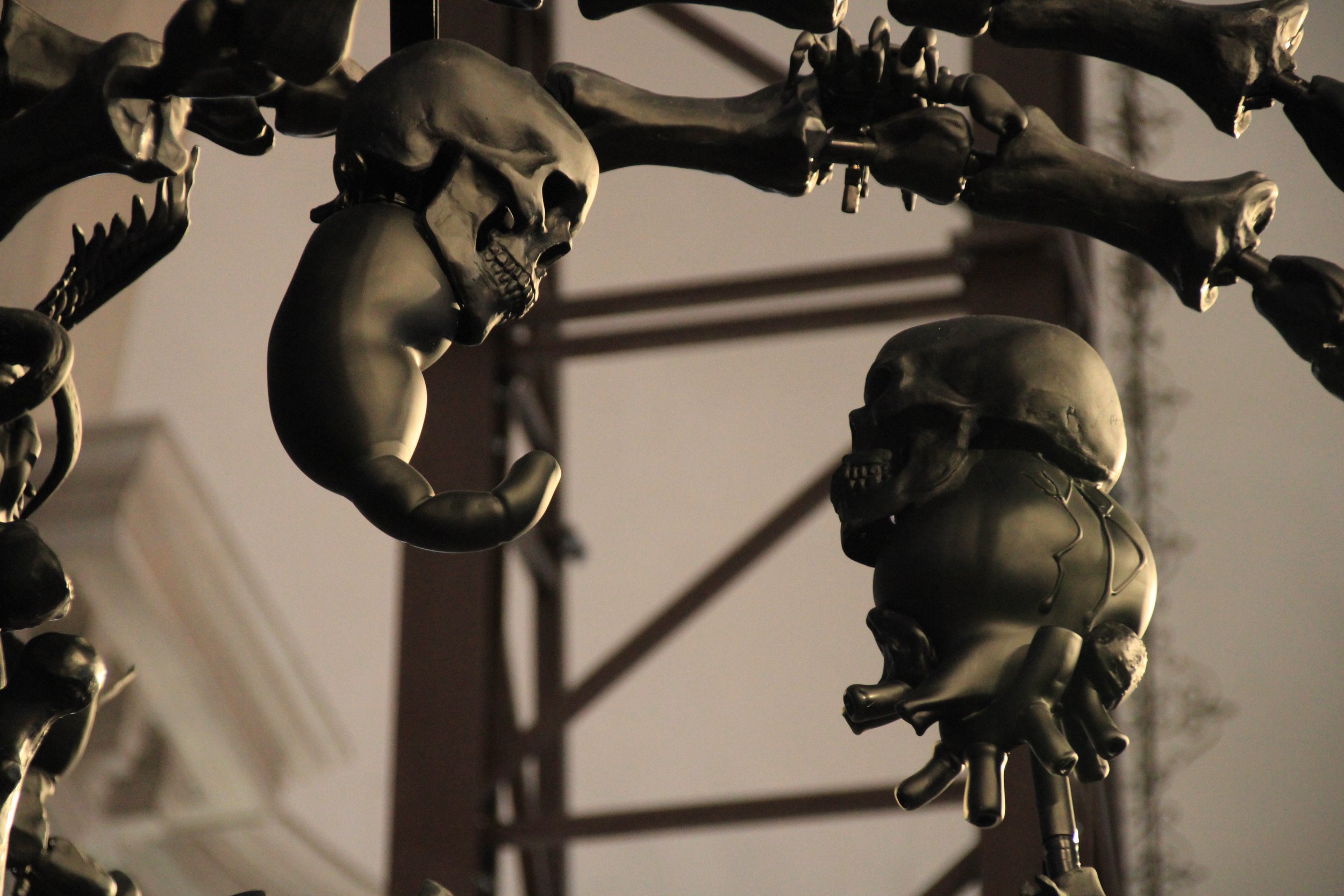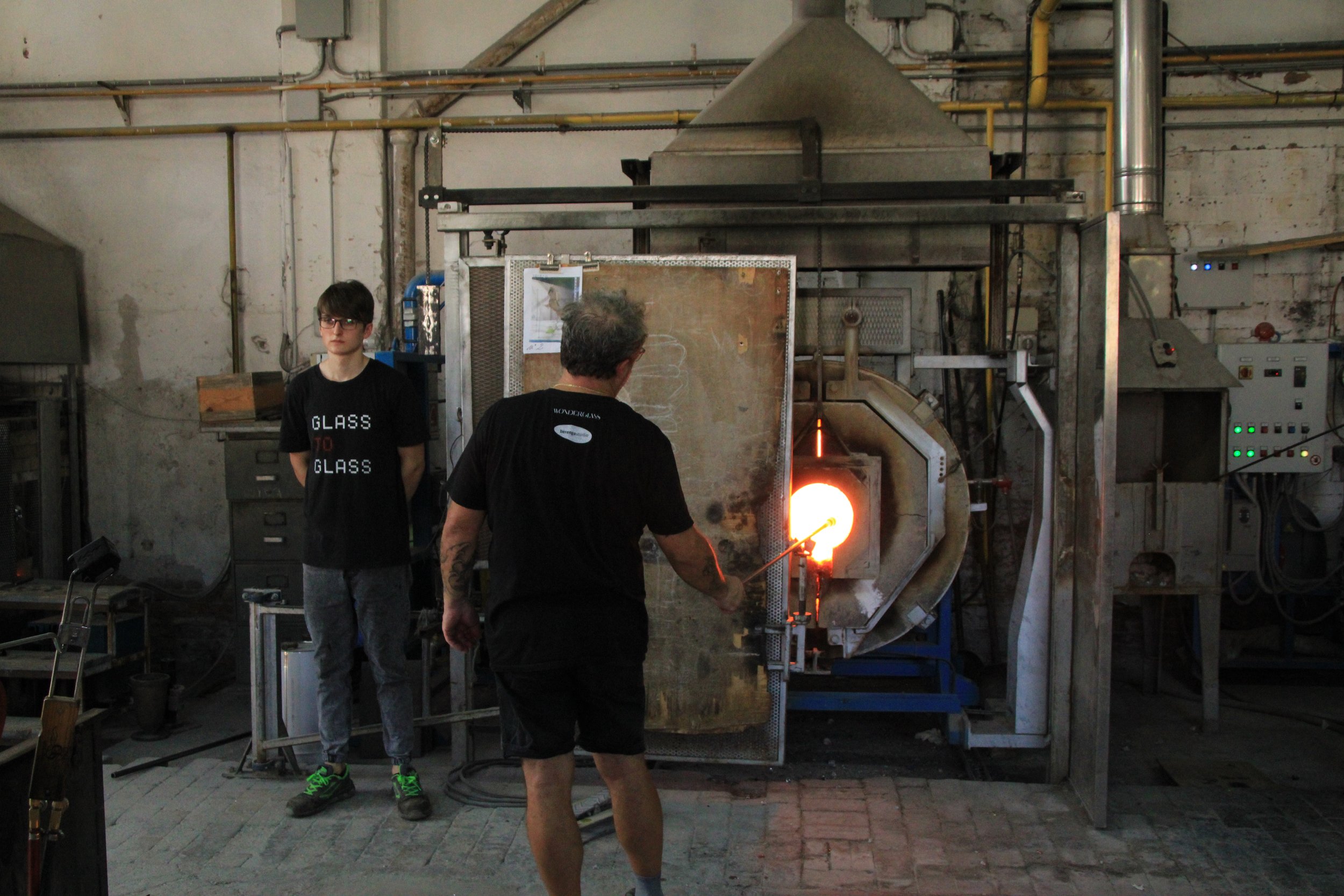The furnaces which burn from dawn ‘till dusk on the famous Venetian island of Murano are hot enough to melt glass.
Particular to this tiny speck of the map is a world-renowned method of making art from glass, with colors, designs, and a three-dimensionality that is totally unique in the art world.
It’s an Intangible World Heritage, says UNESCO, and was inaccessible for tourists during COVID-19 lockdowns in Italy throughout 2020 and 2021. It was an art form that was almost bankrupt by the sheer irony of its popularity; no tourists meant no money.
But when the country became open to those vaccinated in August of 2021, they came in their hordes, and sales receipts were piled up in the shops like the island had never seen before.
Studio Berengo, a chief glass workshop on the island of Murano, was giving tours of its furnace areas almost without pause so people could see how the artisans and apprentices make artistic sculptures rather than functional objects like teacups and ashtrays.
Now however, a different calamity is approaching the workshops of Murano—a European energy crisis the likes of which hasn’t been seen in two generations.

Absorbable, and non-absorbable
“Veneto is a fucking disaster,” Adriano Berengo, the studio’s founder told WaL in an interview in 2020.
At the time he had organized his iconic Murano art exhibit “Glasstress” at the Boca Raton Museum of Art, about the only place in the western world where such a public event could be staged.
The tourists are back, but the collective Western response to the war in Ukraine which drove the Russian Federation to choke off the old world’s natural gas supplies has now presented rising energy costs that Berengo feels could pose a massive risk to the Murano art itself.
“For me years ago it cost around €15,000 a month,” said Berengo, whose furnaces have to run all day, as the only way a glass artwork or object can be made is all at once—no breaks—and most critically for the energy bill, no turning down the heat.
“Now it costs €59,000 a month,” he said. “Now I work in a particular field where these costs are more ‘absorbable’. You know, if I find a client who wants to buy a sculpture, and the price is €90,000, if it’s €8,000 more, it’s not much of a difference to that person”.
“But for the other workshops, you can’t put, like a cup that costs €30—you can’t make that €70 euro; no one will buy it,” he explained.
Italy recently passed gas rationing legislation which will reduce the thermostats set in all public buildings, but also apartment blocs, to 66°F (19°C) down from 68°F (20°C), and to 62°F (17°C) for all industrial buildings. Indoor heating will also be run for 1 hour less all winter.
This will not be sufficient, however, to account for 42% of all Italian energy coming from Russian gas.



Memento Mori
In the face of the difficulties, Berengo continues his work of attempting to show the art world that glass is a wonderful medium for contemporary art, and of finding artists who are willing to work with his master glass makers on a sculpture.
Recently, “The Human Comedy,” an exhibition in the abbey of San Giorgio Maggiore, across the lagoon from the Piazza San Marco, featured Berengo’s continuing collaboration with Chinese artist Ai Wei Wei.
In the largest Murano glass sculpture ever made, more than 2,000 glass pieces were fabricated in casts and assembled by hand into a 2.7-tonne chandelier. The work took 3 years.

Toned black in such a way as to absorb light, the gigantic reminder of our own mortality and biological modularity, hung dramatically—first in the Roman baths in the capital city, and then in the midst of white marble, white plaster and reminders of the promise of paradise of the abbey of San Giorgio Maggiore—a striking contradiction as impossible to ignore as the sculpture itself.
Berengo described it as the culmination of the collective loss he and his friend Ai experienced over the last three and a half years.
For all those who have been touched by Venice, and for this most Venetian of artforms, one can only hope its black humor memorializes the past rather than predicts the future. WaL
PICTURED ABOVE: A maestro of glass works in Studio Berengo. © Andrew Corbley.
If you think the stories you’ve just read were worth a few dollars, consider donating here to our modest $500-a-year administration costs.



